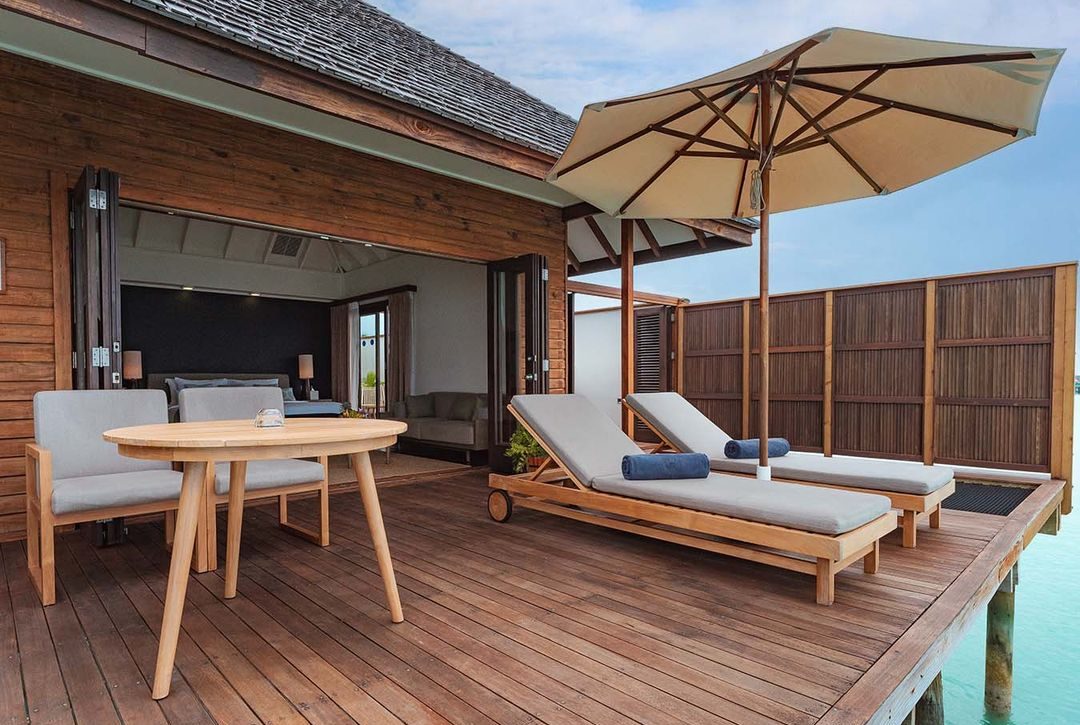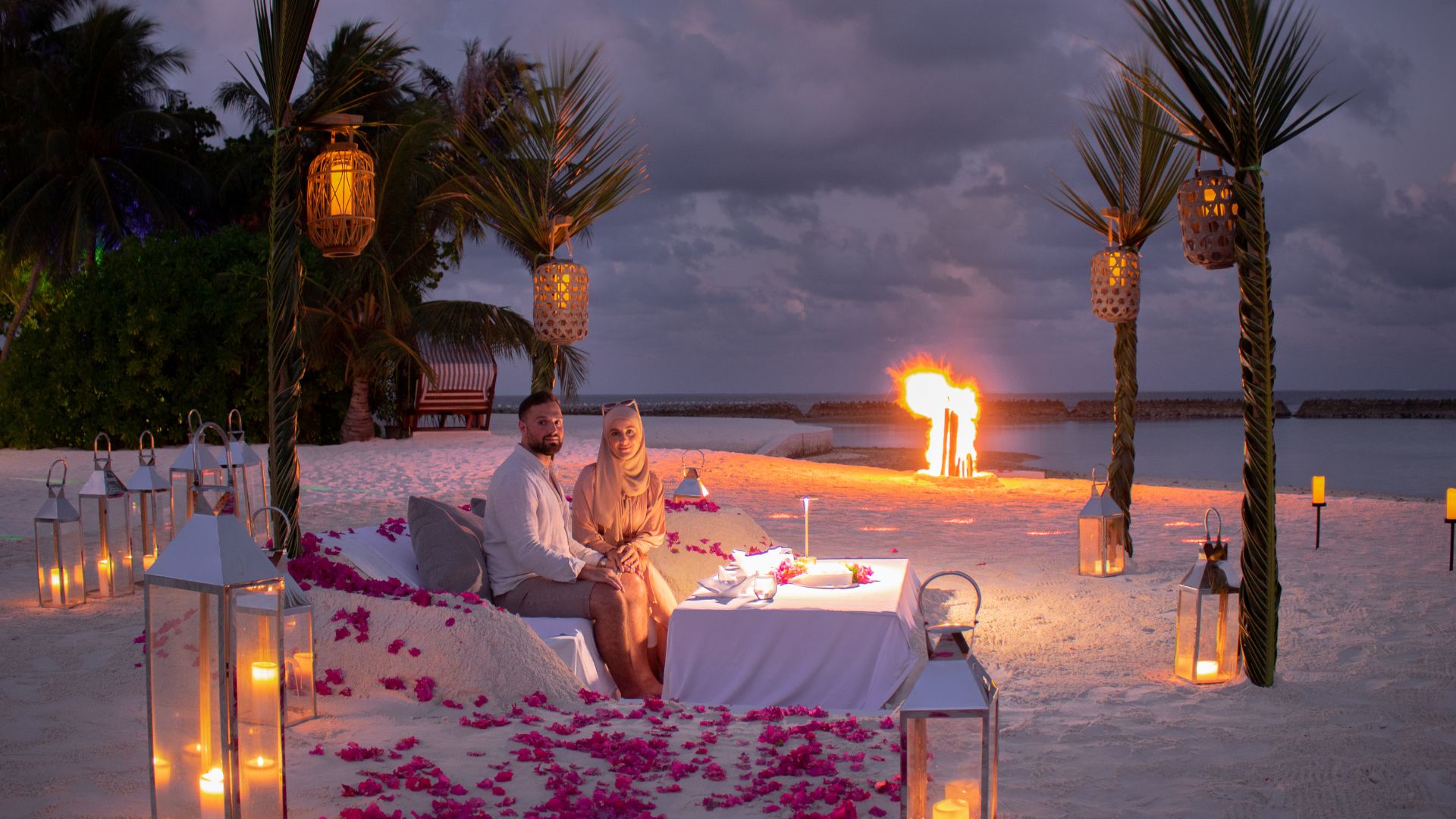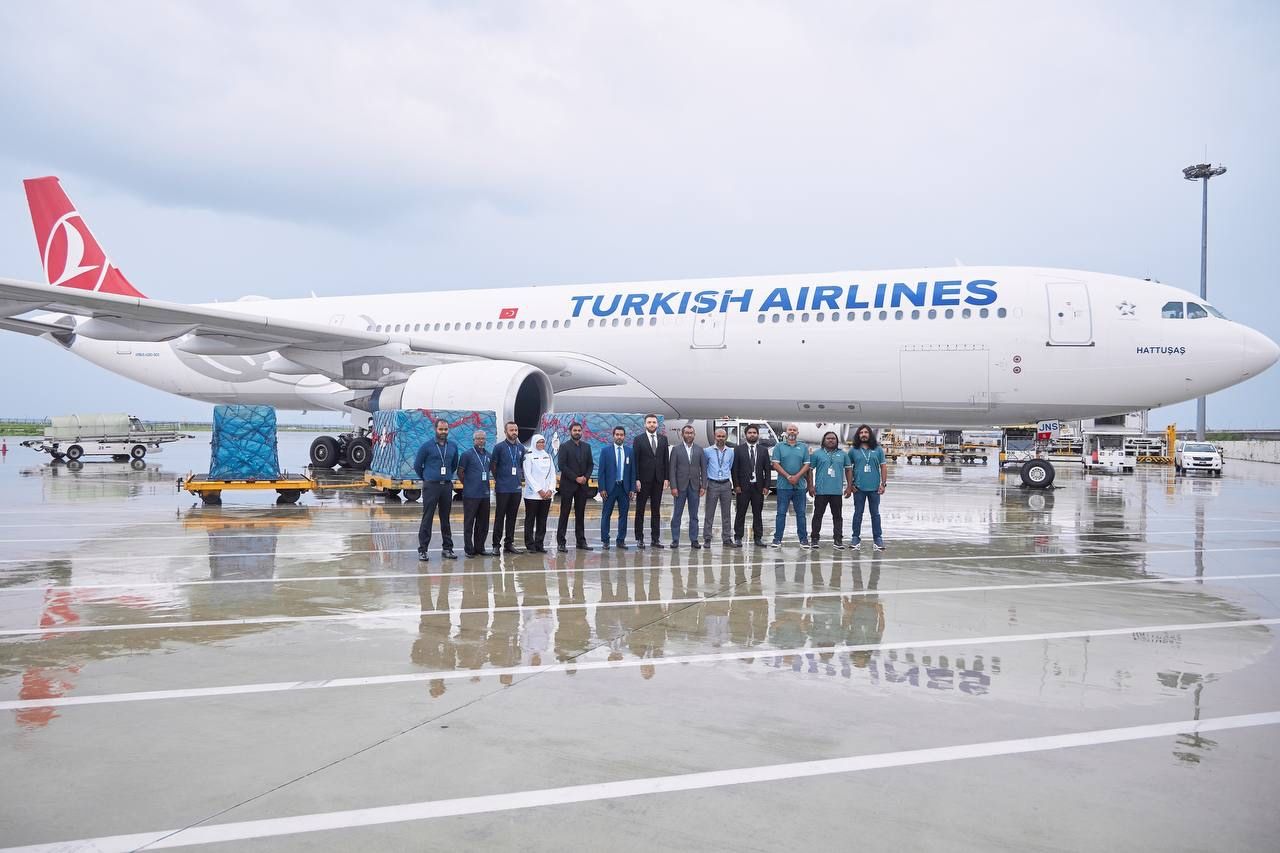Atmosphere Core announces its 2024 calendar, featuring 16 in-market wine events. Guests can explore wines across 7 countries, commencing from March through mid-September. These events will take place in Madrid and Valencia, Prague, Frankfurt, Hamburg, Munich, Milan, Tokyo, London, and Vienna.
Guests can look forward to the highlight of the company’s three brands – THE OZEN COLLECTION, COLOURS OF OBLU, and Atmosphere Hotels & Resorts. One of the highlights includes THE OZEN COLLECTION Champagne Experience at the Westphalia Stadium ( also Signal Iduna Park) in Dortmund, Germany. This little highlight experience is scheduled for September 2024!
Wine & Dine Experience!
Travel partners and top-tier media can explore the distinctive ambience of the resorts through these experiences. Invitees are welcome to savour vintages from four terroir wineries:
- Champagne Guy Charbaut (Mareuil-sur-Ay)
- Bodegas Viñátigo (Canary Islands)
- Glenelly Estate (Stellenbosch)
- Martín Códax (Rías Baixas)
These wine events will feature the presence of Atmosphere Core’s senior sales and communications executives, along with representatives from esteemed wine partners. The setting also encourages conversation and storytelling. This allows participants to delve into the philosophy behind the unique wine program.
Additionally, Atmosphere Core has partnered with three generational family-owned wineries. This includes Champagne Guy Charbaut, Bodegas Viñátigo, as well as Glenelly Estate. The world-renowned wine cooperative of over 600 families in the town of Cambados, Spain, complements them with a fourth partner, Matín Còdax.
The selection of wine partners was based on certain standards, including their authenticity, family-driven values, and unique expressive terroir wines that cannot be found anywhere in the Maldives.
The partner winemakers and owners also visited Atmosphere Core’s Resort. Here, they conducted masterclasses, reciprocating the hospitality by hosting resort teams at their vineyards. Each bottle also comes with its own captivating story. This story is shared with joy by the sommelier, who has person ally explored the distant lands from which this exceptional wine originates. Wine aficionados, partners, and global travellers can anticipate an array of enriching wine-related adventures throughout the year.







